A Beginner's Guide to Starting a Yoga Routine
Looking to finally start a yoga routine? Discover some of the best beginner yoga exercises to build greater mobility and mental clarity.

Try Simple Habit – the simplest habit tracker app on the internet.
Are you new to the world of yoga and looking for a beginner's routine to kickstart your practice? You've come to the right place. In this blog post, we'll guide you through a simple and effective yoga routine tailored specifically for beginners. Whether you're looking to improve flexibility, build strength, or simply find a moment of peace in your day, this routine is designed to help you achieve your goals. Get ready to embark on a journey of self-discovery and holistic well-being through the practice of yoga.
In this article, we'll cover:
- Benefits of yoga for beginners
- Preparation for a yoga routine
- Simple yoga Poses for beginners
- Breathing techniques for beginners in yoga
- Tips for a successful yoga routine
1: Benefits of Yoga for Beginners
Yoga offers a multitude of benefits for beginners that extend beyond the physical realm. Engaging in a regular yoga practice can contribute to improved flexibility, strength, and balance. Moreover, it can also foster mental clarity, stress reduction, and a sense of overall well-being. Whether you're seeking to enhance your physical fitness or find inner peace, yoga offers something for everyone.
Physical Benefits
- Improved flexibility and posture
- Increased muscle strength and tone
- Enhanced balance and coordination
- Better breathing and increased energy levels
Mental and Emotional Well-being
- Stress reduction and relaxation
- Improved mental clarity and focus
- Enhanced self-awareness and mindfulness
- Increased sense of well-being and inner peace
Holistic Wellness
- Boosted immune system and overall health
- Better sleep quality and relaxation
- Relief from chronic pain and ailments
- Fosters a sense of community and belonging
Incorporating yoga into your routine can transform both your physical and mental well-being, making it an excellent choice for beginners looking to embark on a journey of self-improvement and holistic wellness.
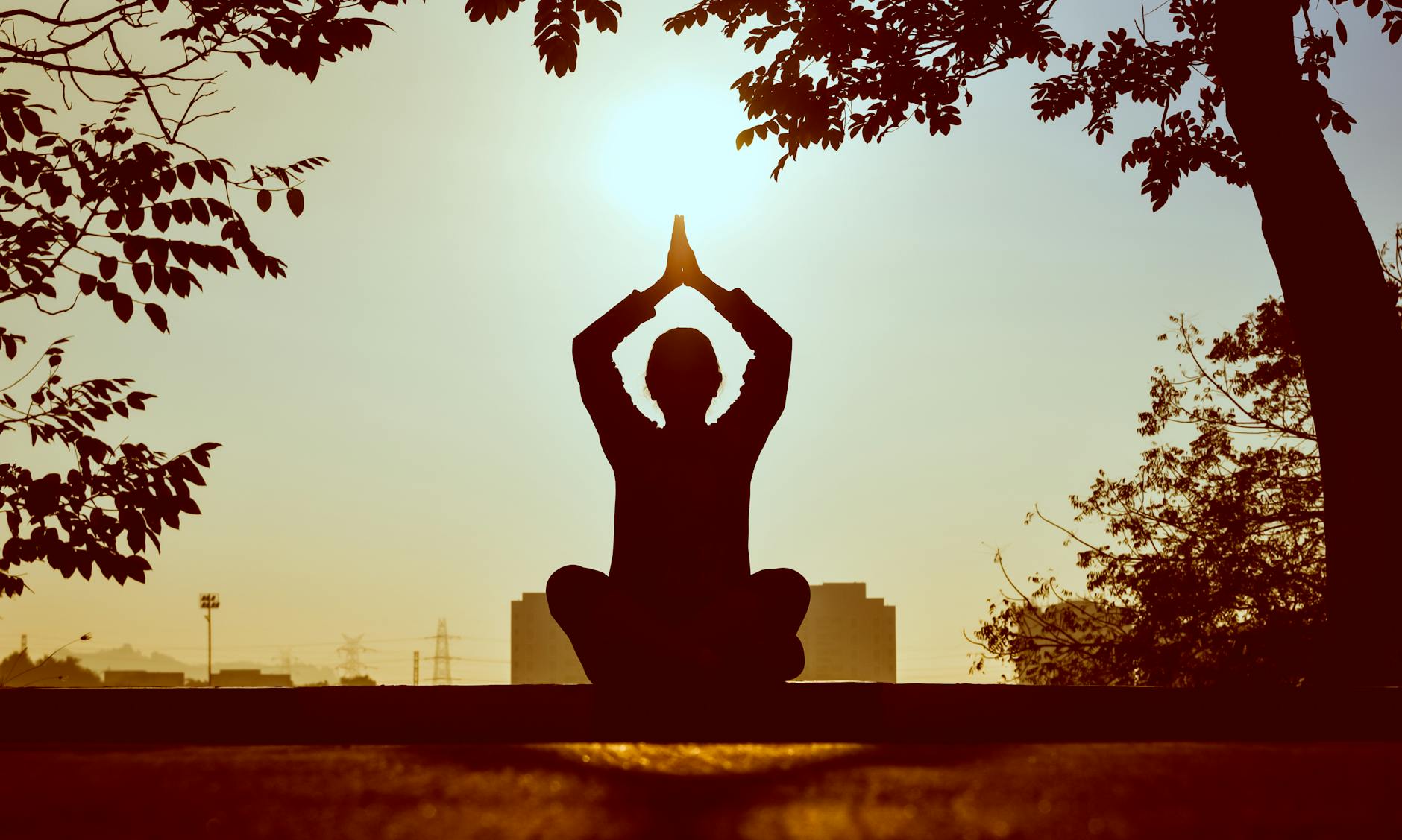
2: Preparation for a Yoga Routine
Yoga, a centuries-old practice, is known for its ability to promote physical, mental, and emotional well-being. Before diving into a yoga routine, it's important to set the stage for a safe and enjoyable practice.
Choose a Quiet and Calm Space
Select a peaceful and clutter-free area for your yoga practice. This could be a corner of your living room, a spacious balcony, or any place where you can focus and move freely without distractions.
Gather Essential Props
Depending on the type of yoga you're planning to practice, it's essential to have the necessary props. Basic props include a yoga mat, blocks, straps, and a bolster. These props can enhance your practice and provide comfort and support during poses.
Wear Comfortable Clothing
Opt for loose, breathable clothing that allows for easy movement and flexibility. This will help you feel at ease and unrestricted during your practice.
Set the Right Mood
Create a soothing ambiance by dimming the lights or lighting a few candles. Playing soft instrumental music or nature sounds can also contribute to a relaxing atmosphere.
Clear Your Mind
Before starting your yoga routine, take a few moments to clear your mind. This can be done through deep breathing, meditation, or simply sitting quietly to center your thoughts and set a positive intention for your practice.
3: Simple Yoga Poses for Beginners
Yoga is a gentle way to improve your physical and mental well-being. Here are some simple yoga poses for beginners that can help you get started on your yoga journey:
Mountain Pose (Tadasana)
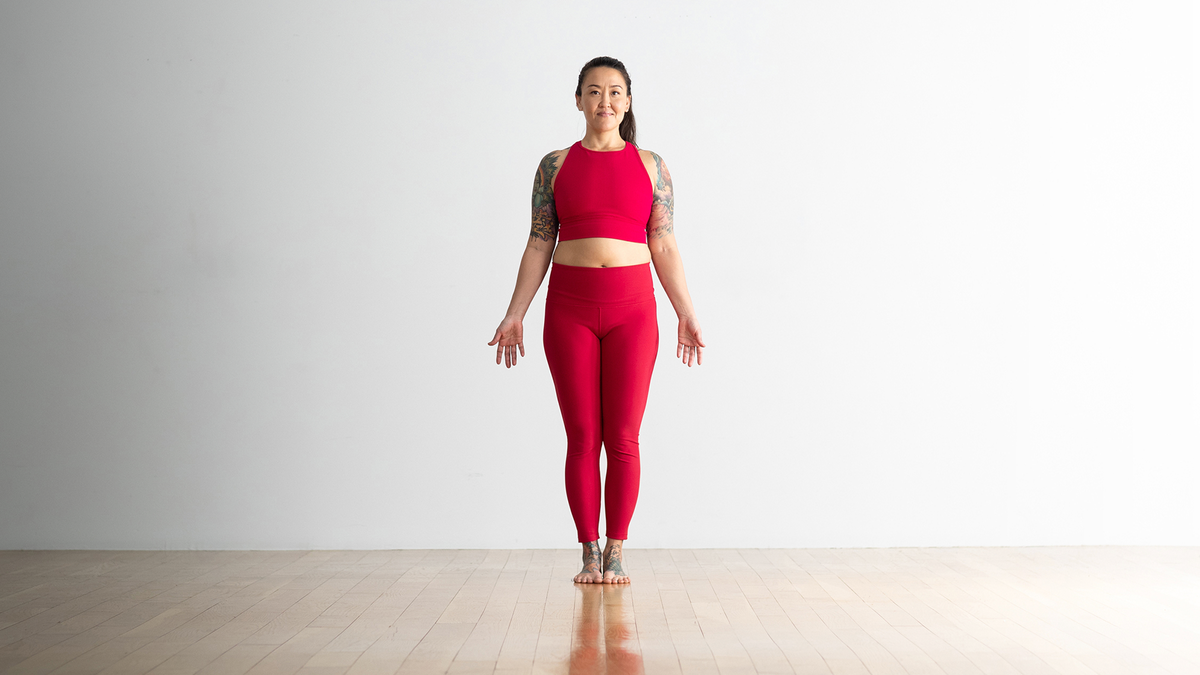
The Mountain Pose, also known as Tadasana, is a foundational yoga pose that focuses on improving posture, balance, and awareness of the body. It involves standing tall with feet together, arms relaxed by the sides, and elongating the spine.
Child's Pose (Balasana)
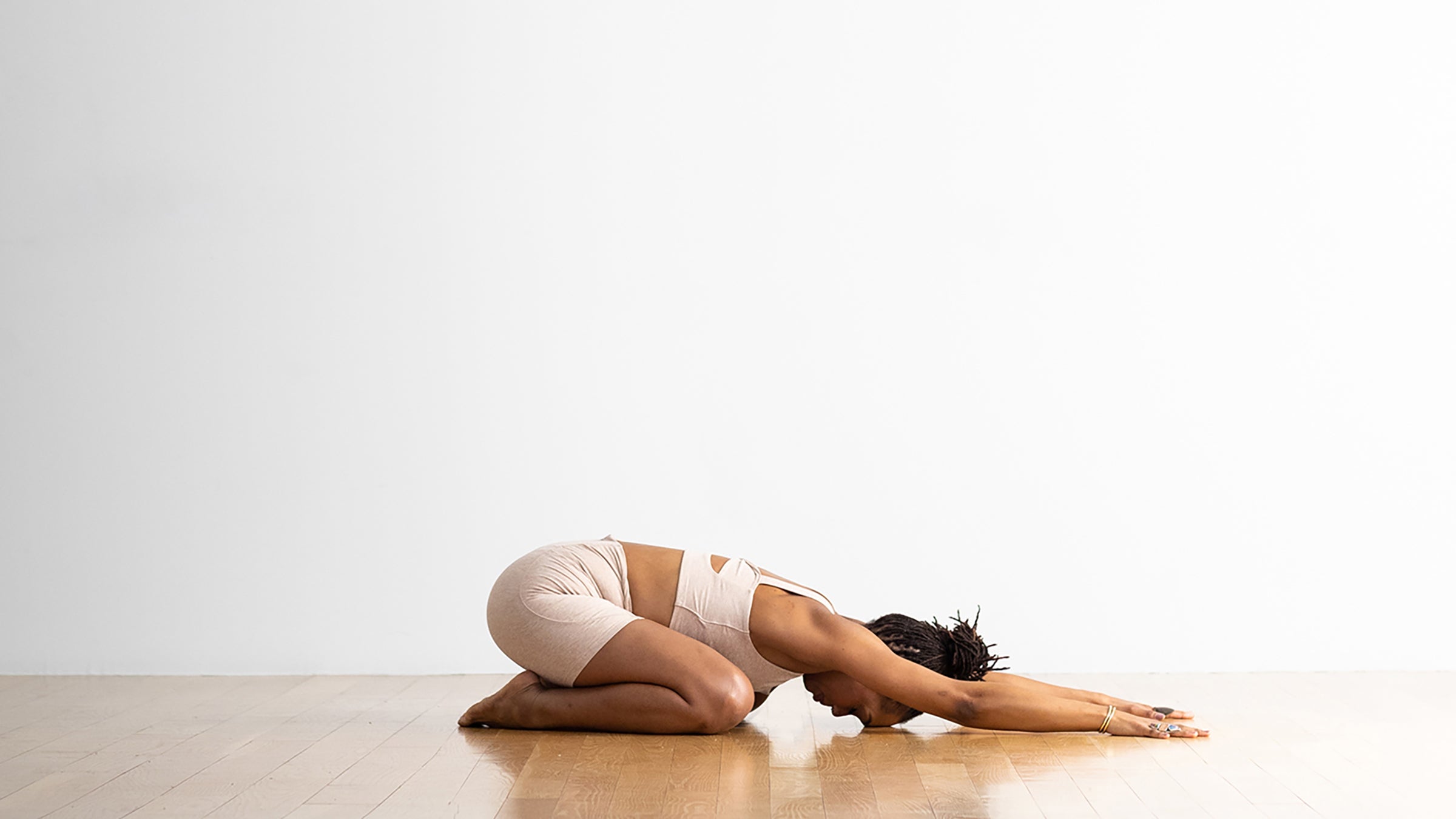
The Child's Pose, or Balasana, is a restful pose that helps to calm the mind and relieve stress. It involves sitting back on the heels, lowering the forehead to the floor, and reaching the arms forward, allowing the entire body to relax.
Downward-Facing Dog (Adho Mukha Svanasana)
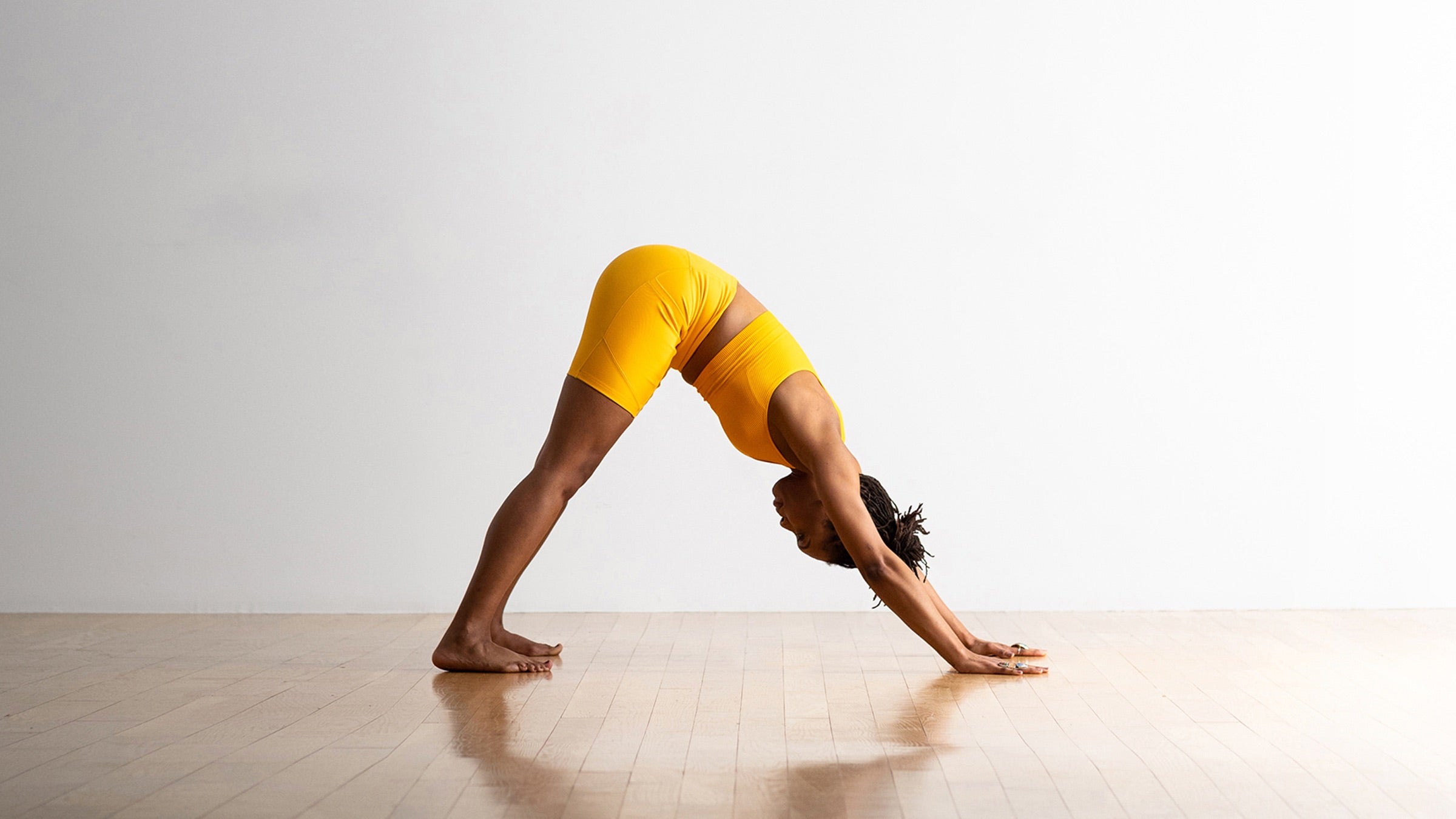
The Downward-Facing Dog, or Adho Mukha Svanasana, is a rejuvenating pose that stretches the entire body, particularly the back, hamstrings, and calves. It involves forming an inverted V-shape with the body, pressing the hands and feet into the ground while lengthening the spine.
Warrior I (Virabhadrasana I)
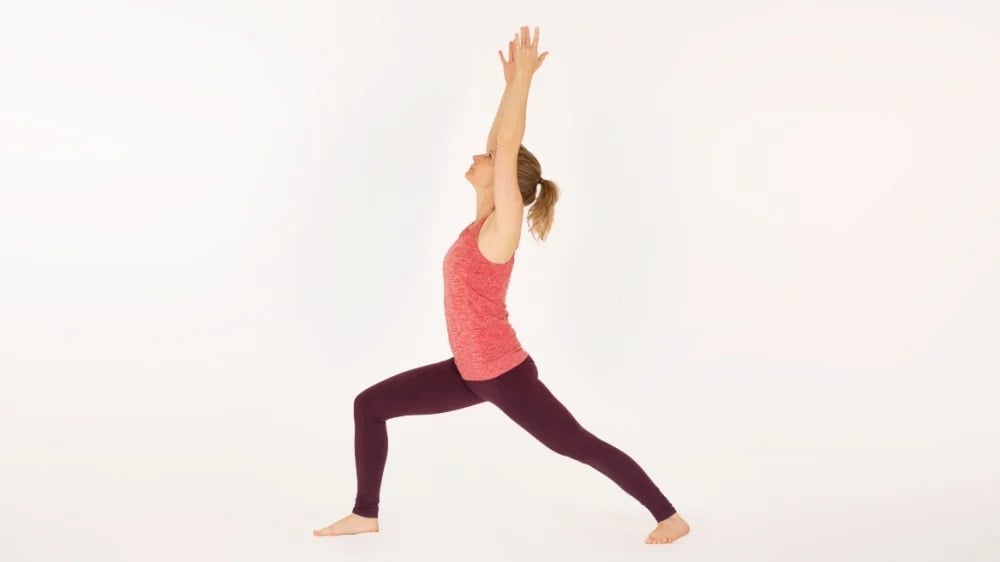
Warrior I, or Virabhadrasana I, is a powerful pose that strengthens the legs, opens the chest, and improves focus. It involves stepping one foot back, bending the front knee, and extending the arms overhead, creating a strong and grounded stance.
Warrior II (Virabhadrasana II)

Warrior II, or Virabhadrasana II, is a dynamic pose that enhances balance, stamina, and concentration. It involves extending the arms parallel to the ground, aligning the front heel with the back arch, and gazing over the front fingertips, creating a sense of strength and stability.
Tree Pose (Vrksasana)
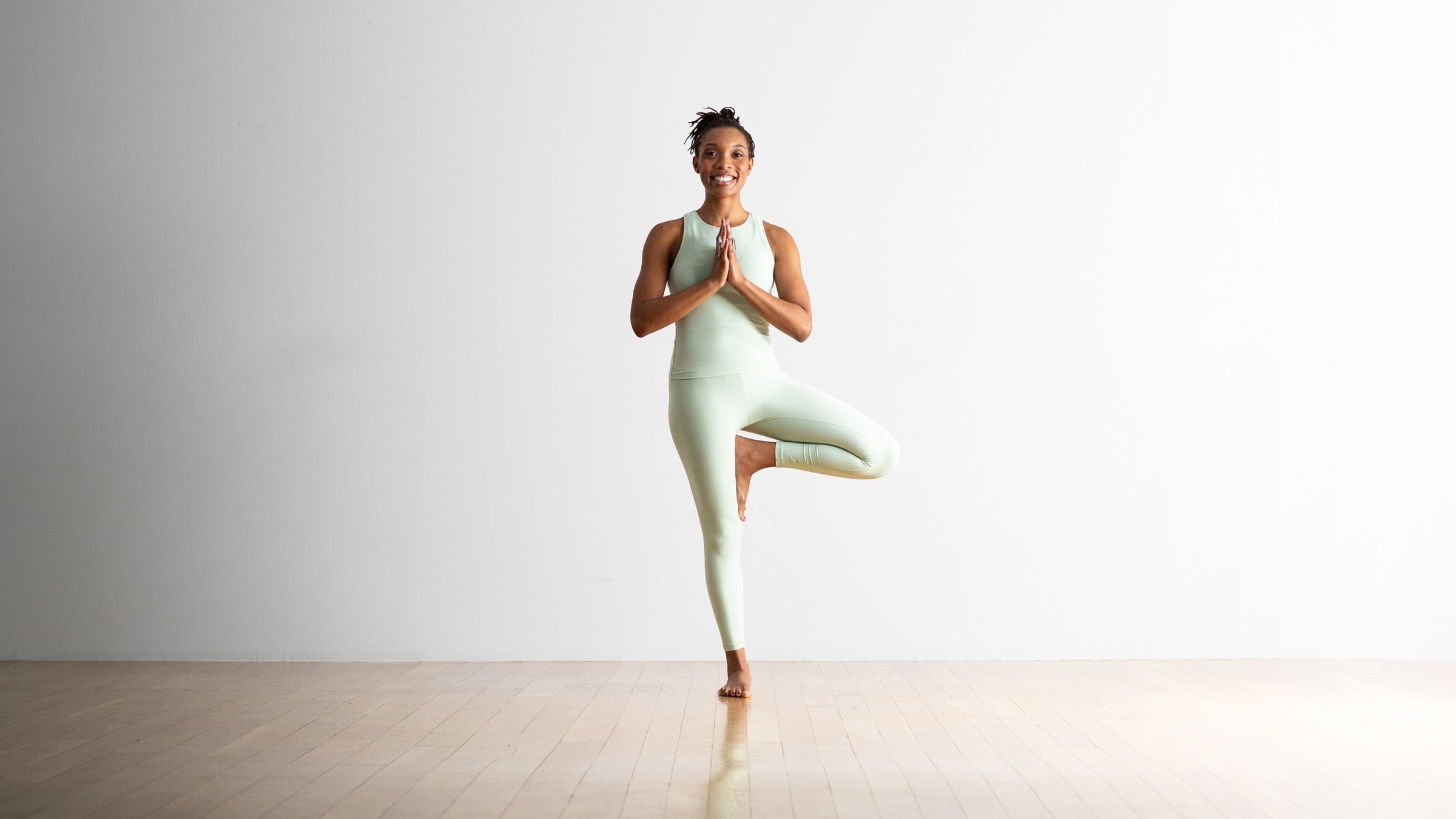
The Tree Pose, or Vrksasana, is a balancing pose that improves posture, focus, and ankle strength. It involves standing on one leg, placing the sole of the other foot against the inner thigh or calf, and bringing the palms together at the chest, resembling a strong and steady tree.
Seated Forward Bend (Paschimottanasana)
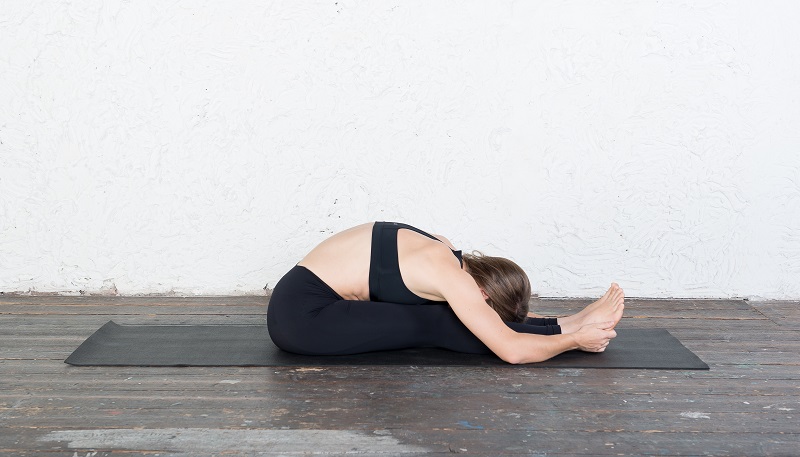
The Seated Forward Bend, or Paschimottanasana, is a soothing pose that stretches the spine, hamstrings, and shoulders. It involves sitting with legs extended, reaching for the feet or shins, and folding forward, creating a sense of release and relaxation.
Corpse Pose (Savasana)
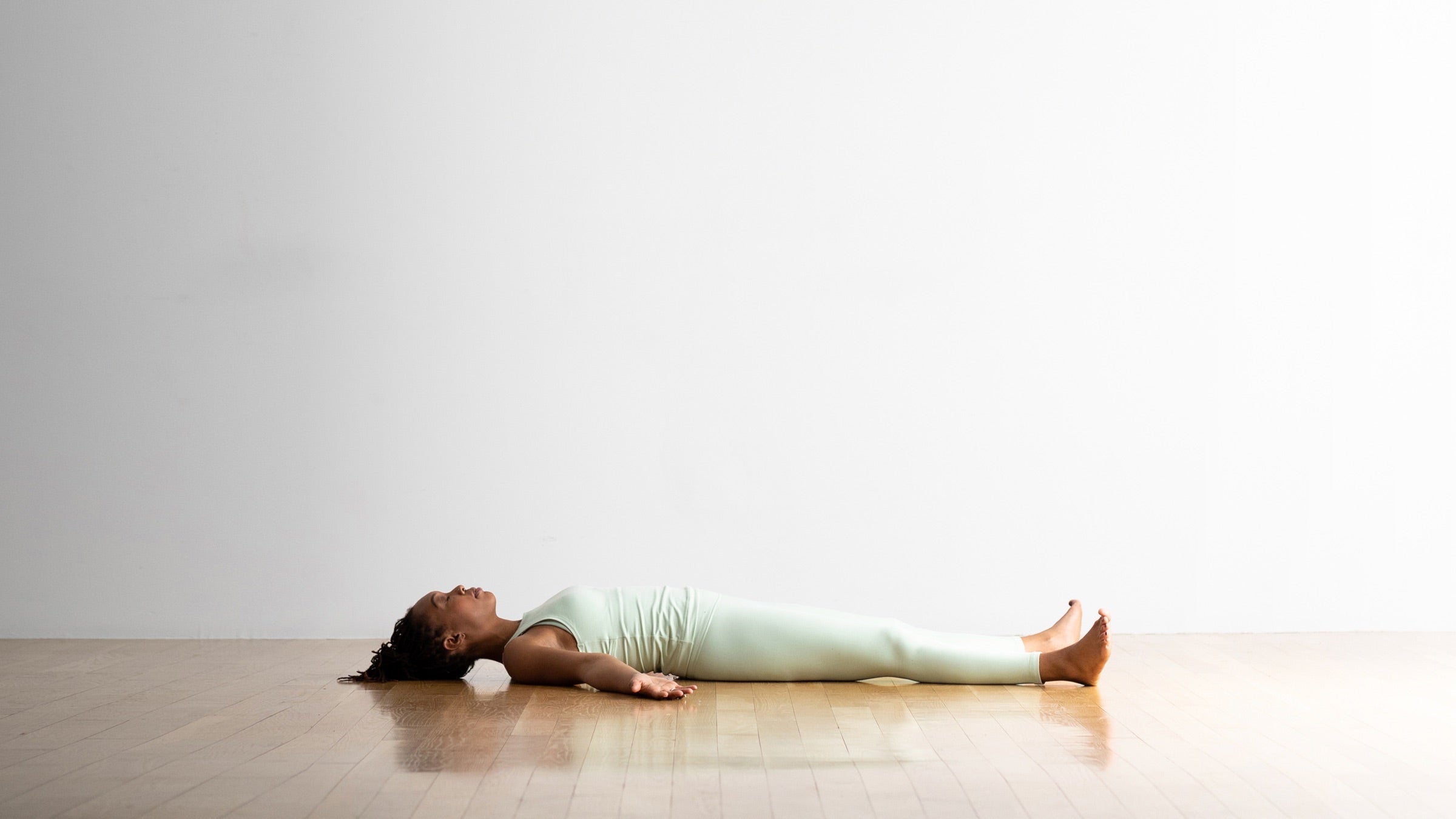
Corpse Pose, or Savasana, is a restorative pose that allows for complete relaxation and rejuvenation of the body and mind. It involves lying flat on the back with arms and legs extended, closing the eyes, and focusing on deep breathing, promoting a sense of peace and calm.
These simple yoga poses for beginners offer a great way to start your yoga practice. Whether you're looking to improve flexibility, reduce stress, or enhance mindfulness, integrating these poses into your routine can have significant benefits for your overall well-being.
4: Breathing Techniques for Beginners in Yoga
Yoga places a strong emphasis on the connection between the breath and movement. Learning proper breathing techniques is essential for beginners to enhance the overall yoga experience. Here's a breakdown of fundamental breathing techniques to help you get started.
Importance of Breathing in Yoga
Understanding the significance of breathing in yoga is essential for beginners. Proper breathing not only aids in relaxation but also helps in improving focus and concentration during the practice. It also contributes to better oxygen circulation in the body, promoting a sense of well-being and reducing stress.
Diaphragmatic Breathing
Diaphragmatic breathing, also known as belly breathing, involves breathing deeply into the belly rather than shallow breathing into the chest. This technique helps in maximizing oxygen intake and promoting relaxation. To practice diaphragmatic breathing, lie down comfortably, place one hand on your chest and the other on your abdomen. Inhale deeply through your nose, allowing your abdomen to rise, then exhale slowly through your mouth, feeling your abdomen fall.
Ujjayi Breathing
Ujjayi breath, often referred to as "ocean breath," involves constricting the back of the throat to create a gentle, soothing sound during inhalation and exhalation. This technique helps to build internal body heat, focus the mind, and control the flow of breath during yoga poses. Start by inhaling deeply through your nose, then exhale through your nose while constricting the back of your throat, creating a soft hissing sound.
Alternate Nostril Breathing
This breathing technique is believed to help balance the two hemispheres of the brain and clear the energy channels in the body. To practice alternate nostril breathing, sit comfortably with your spine erect. Use your right thumb to close your right nostril and inhale through your left nostril. Then, close your left nostril with your right ring finger and exhale through your right nostril. Inhale through the right nostril, then switch and exhale through the left nostril. Repeat this pattern for several rounds.
5: Tips for a Successful Yoga Routine
If you're a beginner embarking on a yoga journey, incorporating yoga into your routine can be highly beneficial. Here are some beneficial tips to ensure a successful and fulfilling yoga practice.
Set Realistic Goals
Establish achievable goals to motivate yourself. Whether it's improving flexibility, reducing stress, or enhancing mindfulness, having clear objectives creates a sense of purpose and progress.
Create a Consistent Practice
Consistency is key to reaping the benefits of yoga. Consider integrating yoga into your daily routine and tracking your new habit, even if it's just for a few minutes each day. Regular practice helps in building strength, balance, and inner calm.
Focus on Breathing Techniques
Concentrate on your breath throughout your practice. Incorporating deep, mindful breathing can enhance relaxation and mindfulness, elevating your overall yoga experience.
Choose the Right Environment
Select a peaceful and clutter-free space for your practice. Whether it's a designated corner in your home or a tranquil outdoor spot, a serene environment can elevate your focus and enjoyment during yoga sessions.
Listen to Your Body
Respect your body's limits and avoid pushing yourself too hard, especially as a beginner. Pay attention to how your body feels during each pose and modify as needed to prevent strain or injury.
Seek Professional Guidance
Consider joining a beginner's yoga class or seeking guidance from a certified instructor. Proper form and technique are crucial for a safe and effective practice, especially when just starting out.
Embrace Patience and Persistence
Yoga is a journey, and progress takes time. Embrace patience and consistency, as well as a positive mindset, to fully experience the numerous physical and mental advantages that yoga offers.
Stay Hydrated and Nourished
Prioritize hydration and nourishment to support your body's needs as you engage in yoga. Drinking water and consuming nutrient-rich foods can optimize your energy levels and overall well-being.
Reflect and Reassess
Take moments to reflect on your practice, noting your progress and areas for improvement. Regular self-reflection can help you understand how yoga positively impacts your life and well-being.
Conclusion
Incorporating yoga into your daily routine can bring about a multitude of physical, mental, and emotional benefits. From increased flexibility and muscle strength to stress reduction and improved mental clarity, yoga offers a holistic approach to well-being. If you're a beginner, embarking on a yoga journey can be both exciting and rewarding. Remember to listen to your body and progress at your own pace. With consistency and dedication, you will begin to experience the positive impact of yoga in your life.
Ready to track your daily yoga habit the easy way?
Try Simple Habit – The simplest habit tracker on the internet.

🗓️ View your habits at a glance:
With our calendar view, you can easily see which habits you've completed in just a few seconds.
🎯 Set and hit goals
Add "goals" to each habit (or don't), and watch as the "achieved" column lights up green to show that you've reached your habit goals.
✍️ Take notes to reflect
Habits + reflecting on habits = growth. Our reflection pad allows you to note down how your month went, what could've been better, or acts as a space for you to write whatever you want relating to your habits and goals.
💻 Available on Web & Mobile
Simple Habit is available and fully optimized on both web and mobile devices, meaning you can check off habits on the go, wherever you are.




